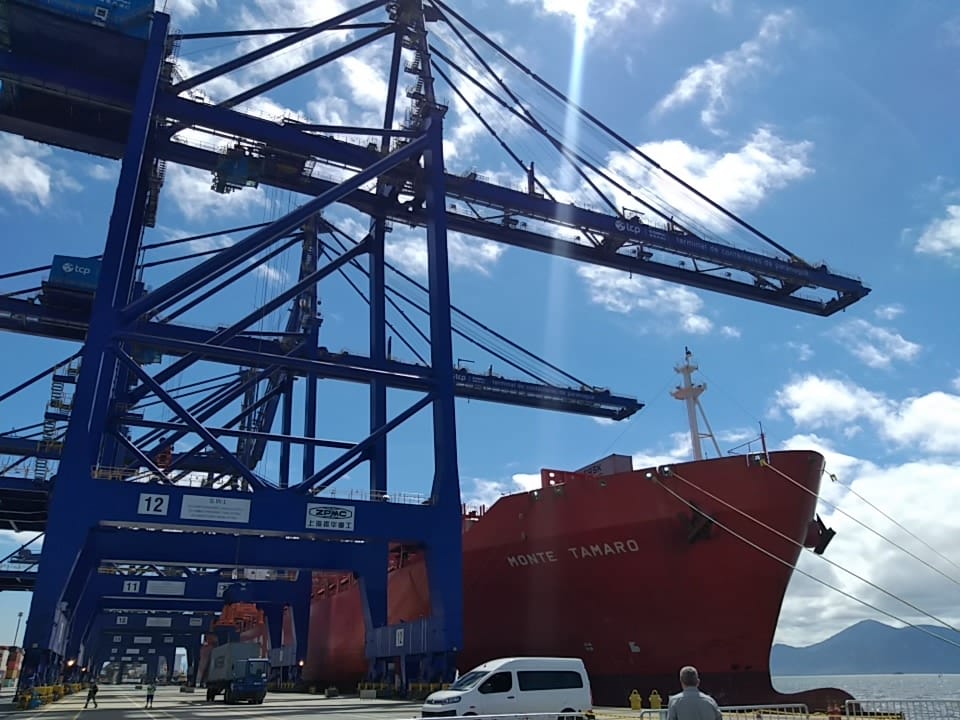
ANTAQ study indicates that THC prices in Brazilian ports are not a barrier to foreign trade by sea
Nov, 07, 2019 Posted by Sylvia SchandertWeek 201946
A study developed by the Superintendency of Performance, Development, and Sustainability (SDS), of the National Agency for Water Transport (ANTAQ), pointed out that the average value of THC (Terminal Handling Charge), released by four major maritime carriers – CMA-CGM, ONE , Hapag-Lloyd, and Hamburg Süd, in moving containers to the main Brazilian ports is below the values disclosed for all other ports in the world surveyed. Other port services such as the Container Segregation and Delivery Service (SSE) and other ancillary services charged by the terminals were not addressed by the study.
According to the study, the median prices reported for THC at Brazilian terminals are lower than those reported for the other ports in Latin America, North America, and Europe and slightly higher than those in Africa and Asia.
When analyzing port to port, it can be seen that for the main Brazilian container handling port complex, Santos, sea carriers report THC values ranging from US$164 to US$212 per container depending on the shipowner – systematically lower than other ports around the world such as Buenos Aires, Rotterdam, Antwerp, Hamburg, Singapore, and Hong Kong.
The ANTAQ study analyzed data from the 40 main international ports involved in Brazilian foreign trade, which represented 80% of the port handling in 2018, in import or export.
The Brazilian ports/complexes considered were: Santos, Itajaí-Portonave, Paranaguá-Antonina, Rio Grande, Itapoá-São Francisco do Sul, Manaus, Suape-Recife, and Pecém-Fortaleza, which together accounted for 85% of container handling from the country last year.
In addition, the analysis considered the type of container used in the operation, including dry and refrigerated containers (20 ‘dry, 40’ dry, 40 ‘high cube dry, 20’ reefer, and 40 ‘reefer).
Terminal Handling Charge (THC) is the price charged for cargo handling services between the port terminal gate and the vessel’s side, including the transitory storage of cargo for the term contracted between the carrier or its representative, and the port facility or port operator in the case of exportation, or between the vessel’s side and its placement in the port terminal stack in the case of importation.
The full version of the study will soon be available on ANTAQ’s website.
-
Grains
Jan, 27, 2025
0
Registrations Open for the 5th Brazilian Congress of Agribusiness Law to be Held on March 31
-
Coffee
Mar, 19, 2025
0
Coffee/Cepea: Despite Falling in February, Exports Are Record in the 24/25 Harvest
-
Trade Regulations
Oct, 28, 2021
0
France bans landing of British seafood in its ports
-
Shipping
Feb, 10, 2023
0
River cargo transport grew 5.4% in 2022

